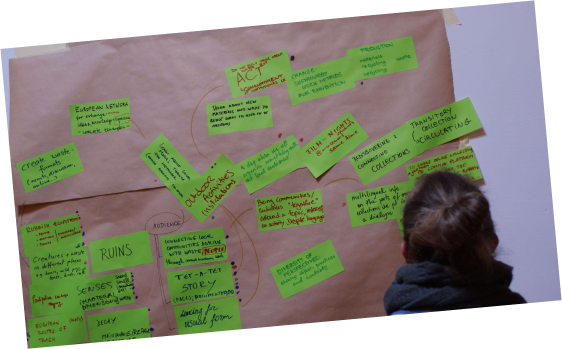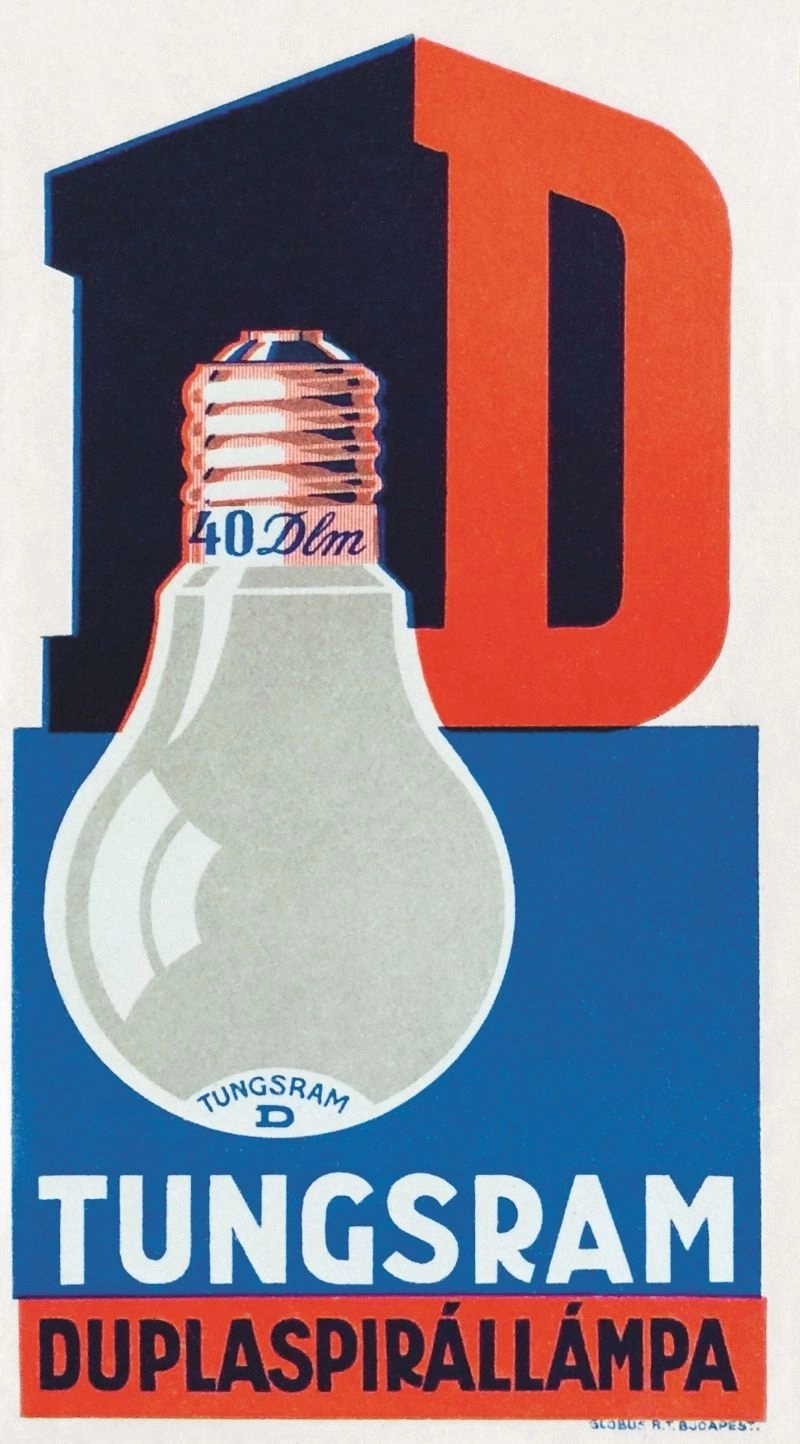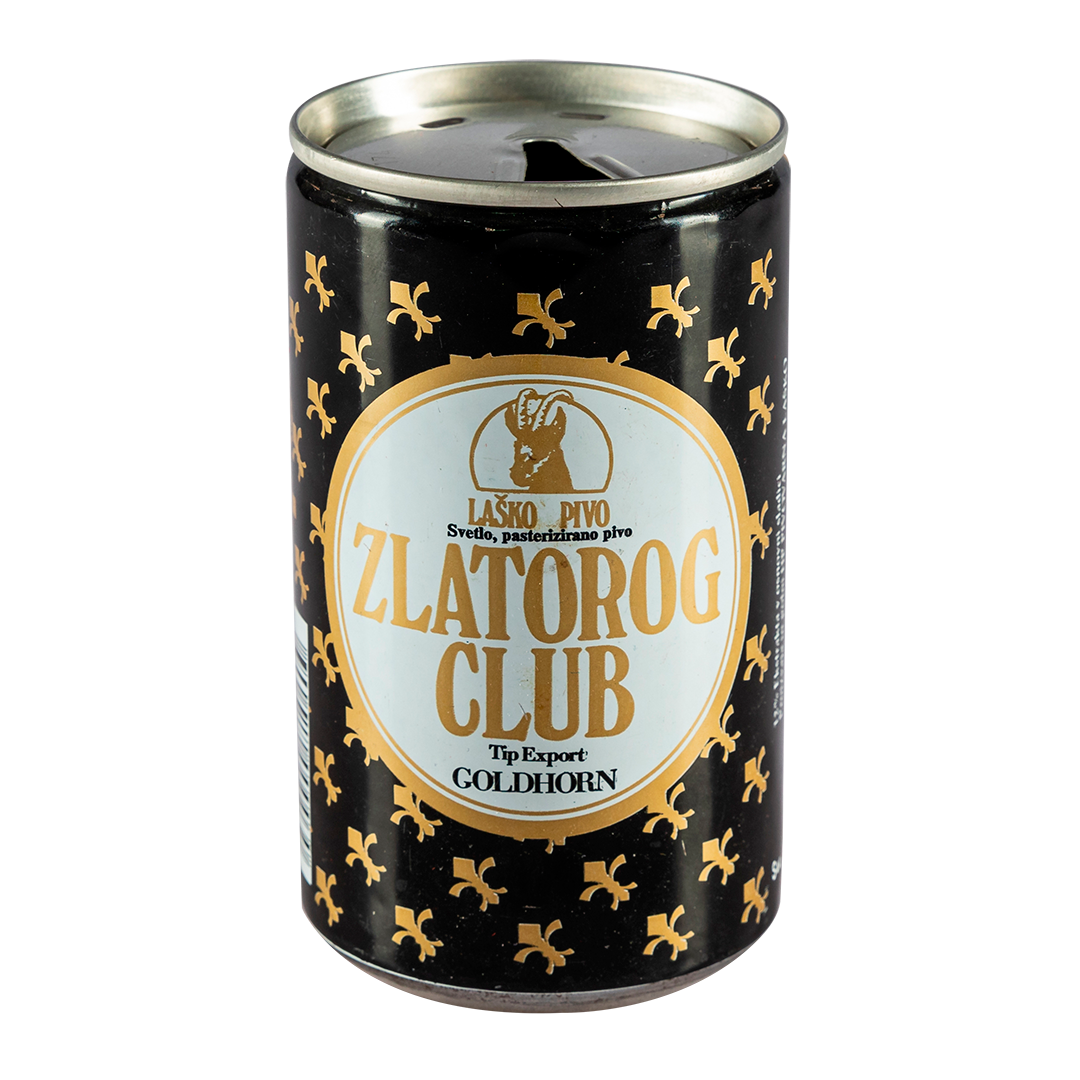Artist/Maker Designer Unkown
Date Production/Creation
1930
Entry in the museum collection
-
Place of origin
Budapest, Hungary, Europe
Current location
House of European History, Bruxelles, Belgique
Material
Paper
Dimension
13x6 cm
Inventory Number 2021.0050.175
Keyword Consumption Promotion Technology
Copyright House of European History, Brussels, Belgium
Status On display
Image Credit Photo © Budapest Poster Gallery
Why would anyone design a product to break quickly? For some businesses, more waste means more profit.
What is this object about, who are the people behind it?
In December 1924 lightbulb manufacturers met in Geneva for a conference that would leave a profound impact for decades to come by fixing the duration of lightbulbs at a standard 1000 hours, though long lifespans were technically possible. It included the European companies Osram from Germany, Phillips from the Netherlands, Tungsram from Hungary, and the American General Electric company. The cartel was called Phoebus and this small advertisement from Tungsram was produced in 1930, when the company was a member of the secretive group. 1. Simple advertising sheet, perhaps produced for a tram carriage advertising the double spiral lamp. A stylised letter D appears before a lamp with a spiral screw fitting, above the company name
What places is this object related to, how European/transnational is it?
Phoebus was an international organisation, working across borders, which caused the average life span of a light bulb to fall from between 1500 and 2000 hours to 1200 hours on average. Targets were set to meet this reduction and fines were levied with the group for those members that failed to meet them. To distract from the drop in longevity manufacturers promoted bulbs as burning considerably brighter than before. The result of this action was tens of millions more units sold while the price remained the same. In 1926 the members of the cartel sold 335.7 million bulbs combined. By 1930 that figure had risen to 420 million.
Why and how did this object arrive in the museum’s collection?
The object was acquired specifically for the Throwaway exhibition and has entered the permanent collection of the House of European History.
What is the relation of this object to waste?
Despite its short duration (ending in 1940) Phoebus has become a symbol of the clandestine manipulation of consumers by producers in order to get them to buy more and, in turn, generate immense and often needless quantities of waste. As if to underline the deception inherent in the Phoebus project, a small number of pre-cartel lightbulbs are still in use and burning today, sometimes more than of 100 years after they were first switched on. A notable example is the Centennial Bulb at the Livermore firehouse in California that, at the time of writing, has burned more or less continuously since 1901.








